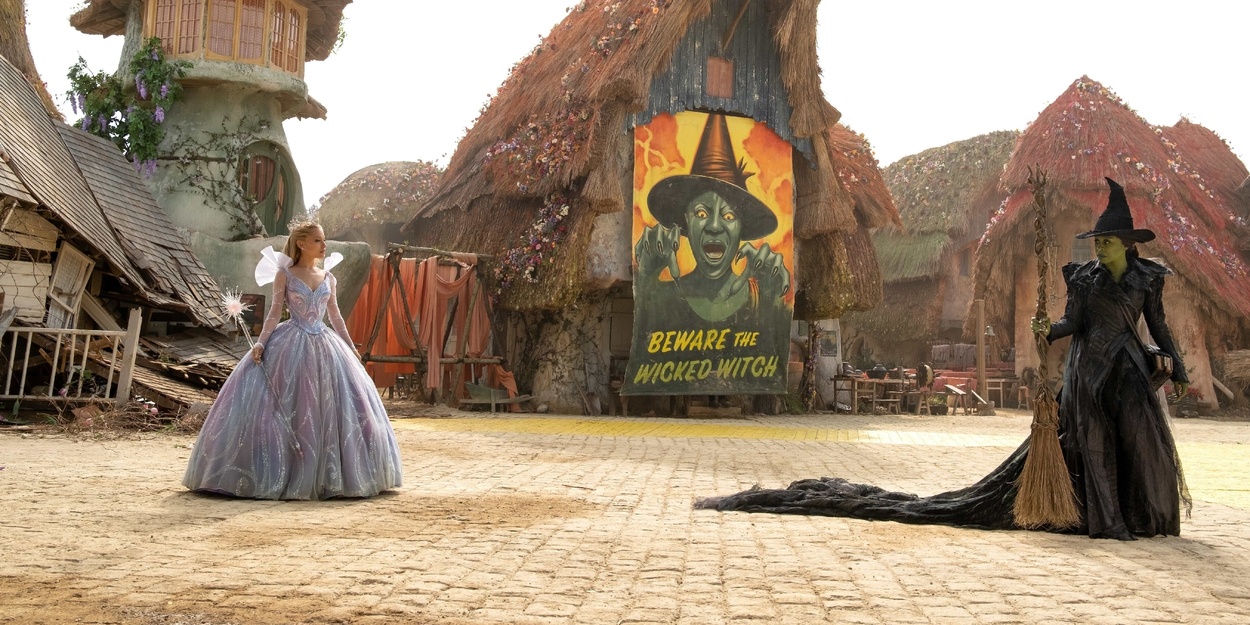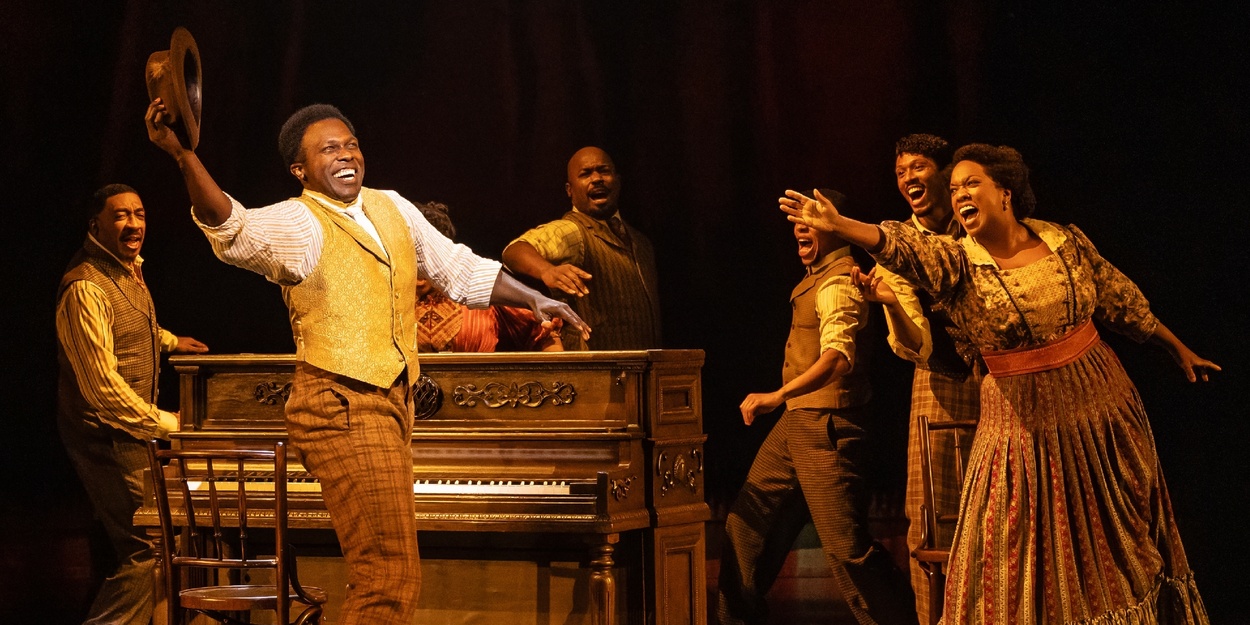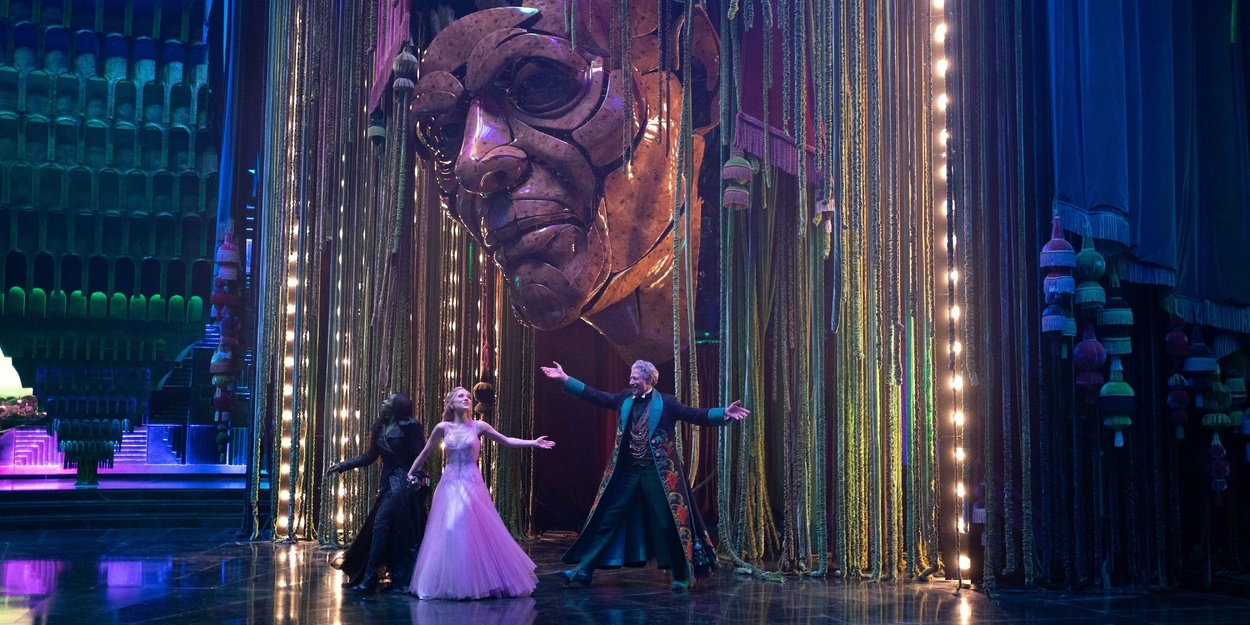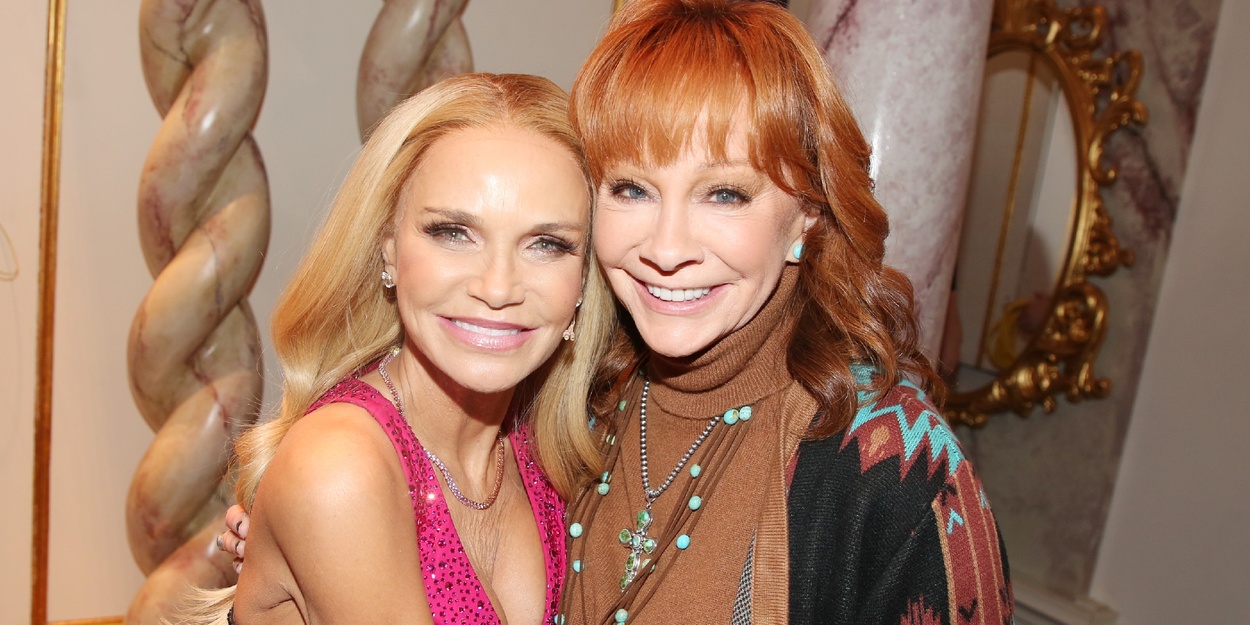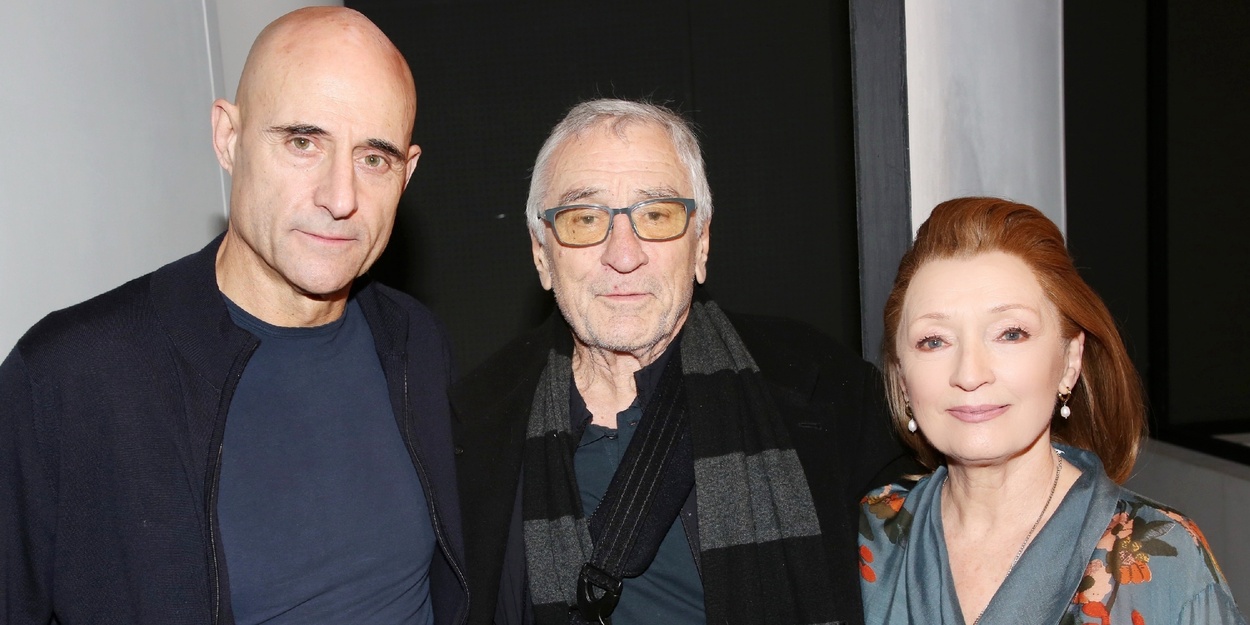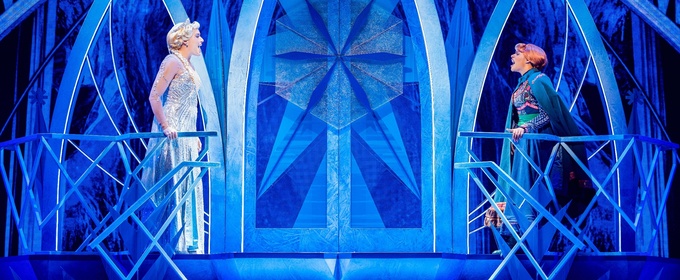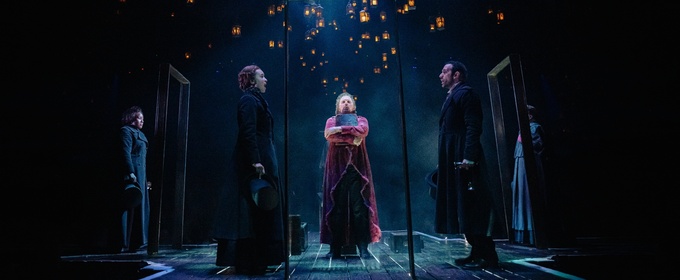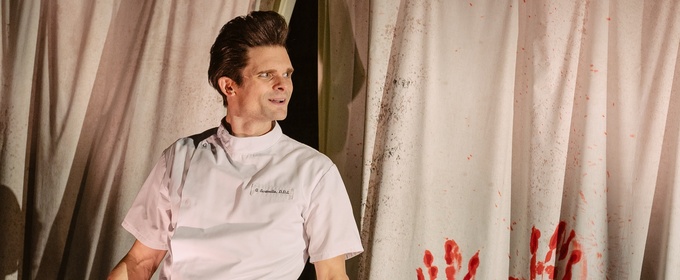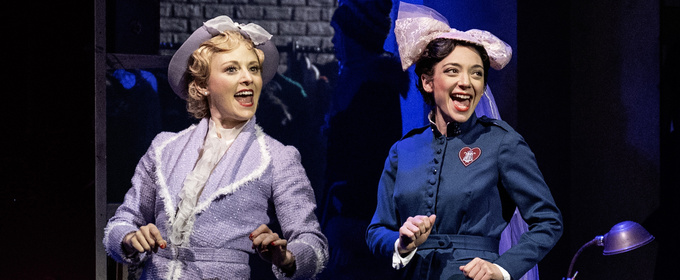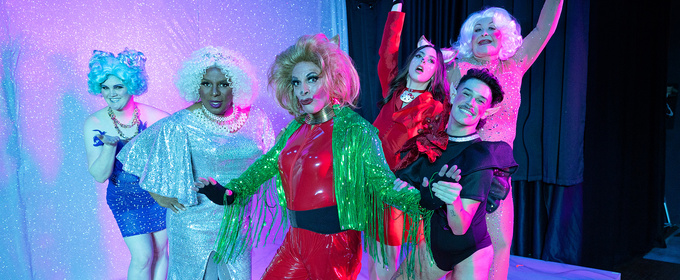Trending Stories
Recommended for You
HAIRSPRAY, NEWSIES and More Set for The Muny 2026 Season
The season will also feature Rodgers & Hammerstein’s South Pacific, the Muny premiere of Ain’t Too Proud: The Life and Times of The Temptations and more.
Lane, Metcalf, and Abbott to Star in DEATH OF A SALESMAN Revival
The revival will be directed by Tony Award winner Joe Mantello.
Joshua Bassett and Joy Woods to Join LITTLE SHOP OF HORRORS
Bassett is best known for starring in "High School Musical: The Musical: The Series". Woods is best known for her Tony-nominated performance in Gypsy, and more.
Voting Open For The 2025 BroadwayWorld Regional Awards Worldwide
Voting is now open through December 31st, 2025.
Ticket Central
Industry
West End
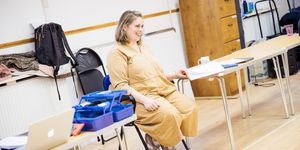
Interview: Co-Adapter and Director Abigail Pickard Price on DAVID COPPERFIELD At Jermyn St Theatre
'We are invited to see the world through a child’s eyes'
'We are invited to see the world through a child’s eyes'
New York City

Photos: The Neighborhood Playhouse Present A Red Door Reading Of John Patrick Shanley’s PRODIGAL SON
Directed by Michael Herwitz at The Neighborhood Playhouse
Directed by Michael Herwitz at The Neighborhood Playhouse
United States

Review: ANNIE at Palm Canyon Theatre
This plucky holiday gem plays through Dec 21st at Palm Canyon Theatre
This plucky holiday gem plays through Dec 21st at Palm Canyon Theatre
International

Review: BEAUTY AND THE BEAST, Citizen's Theatre
Beauty and the Beast runs at the Citz until 31 December
Beauty and the Beast runs at the Citz until 31 December

















